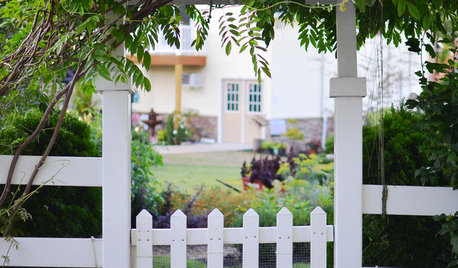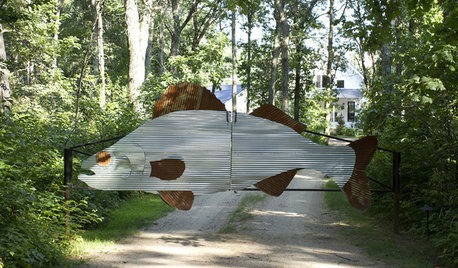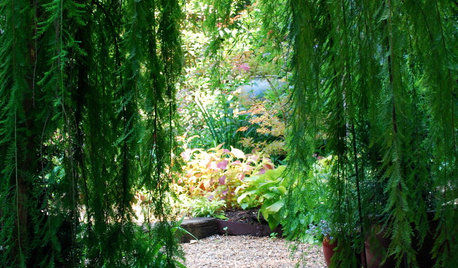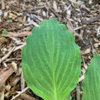What makes leaves look not Ha-Ha "FUNNY"
hostaLes
11 years ago
Related Stories

DECLUTTERINGDownsizing Help: Choosing What Furniture to Leave Behind
What to take, what to buy, how to make your favorite furniture fit ... get some answers from a homeowner who scaled way down
Full Story
MOST POPULAR8 Little Remodeling Touches That Make a Big Difference
Make your life easier while making your home nicer, with these design details you'll really appreciate
Full Story
BUDGET DECORATING14 Ways to Make More Money at a Yard Sale — and Have Fun Too
Maximize profits and have a ball selling your old stuff, with these tips to help you plan, advertise and style your yard sale effectively
Full Story
LAUNDRY ROOMS8 Ways to Make the Most of Your Laundry Room
These super-practical laundry room additions can help lighten your load
Full Story
DIY PROJECTSMake a Gorgeous (Cheap!) Pillow Using Vintage Clothes
With secondhand fabric and a steady hand on the sewing machine, your pillow choices are endless
Full Story
FUN HOUZZ11 Ways to Have More Fun at Home
Every house needs a touch of humor — a funny sign or an accessory that always makes you smile. Here’s where to begin
Full Story
SMALL SPACES10 Ways to Make Your Place Feel More Spacious
Is your living room on the small or narrow side? Use these design tricks to open it up
Full Story
LANDSCAPE DESIGNTo Make Your Garden Memorable, Add a Hint of Mystery
An element of mystique — intriguing gates, an interplay of light and shadow, hidden views — can take your garden to the next level
Full Story
LIFE11 Tiny Tricks That Make Life a Tad Better
Make these small tweaks to your home and daily routine, and life will be easier, less rushed and maybe healthier too
Full Story
LIFEHow Do You Make Your Tea and Coffee in the Morning?
A morning cup is a must for many, and preparation comes in many guises. We look at coffee and tea habits across the Houzz community
Full Story





Jon 6a SE MA
User
Related Discussions
Armenian cucumber leaves look like dirt has splashed up on them.
Q
Has anyone used figs leaves to make Rennet on here?
Q
Never Wax Your Hoo-Ha (A Funny..Long)
Q
ha ha ha, to funny!
Q
in ny zone5
hostaLesOriginal Author
Jon 6a SE MA
Pieter zone 7/8 B.C.
hostaLesOriginal Author
Jon 6a SE MA
Jon 6a SE MA
Pieter zone 7/8 B.C.
Jon 6a SE MA
Pieter zone 7/8 B.C.
Jon 6a SE MA
Pieter zone 7/8 B.C.
hostaLesOriginal Author
Jon 6a SE MA